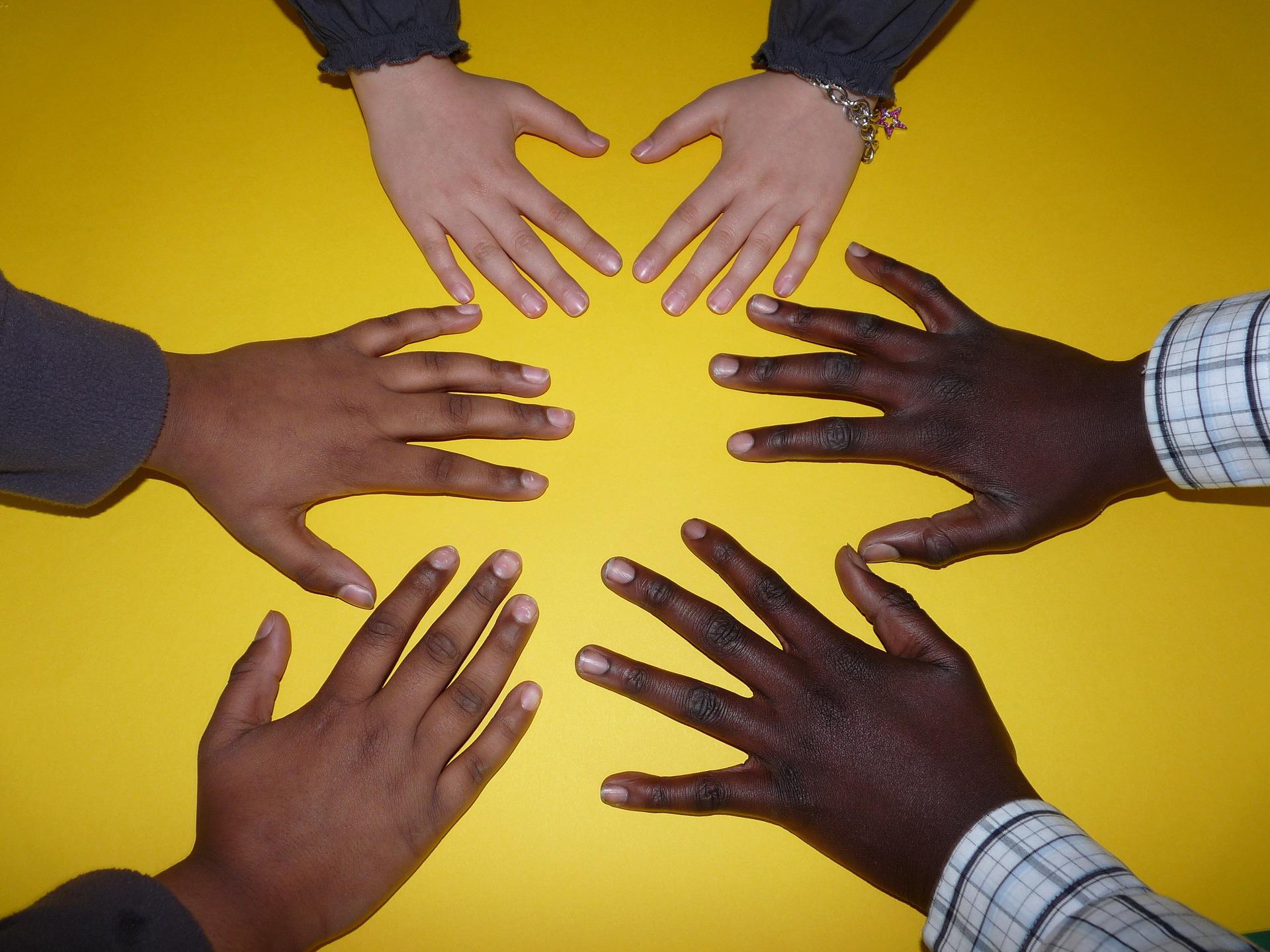What is SEL?
Social and emotional learning (SEL) has become increasingly popular in schools. Here is what you need to know about it.

SEL is an acronym for social-emotional learning. SEL activities at schools are designed to help students and teachers develop healthy identities, manage emotions, and achieve personal and collaborative goals.
COVID-era challenges and the ongoing mental health crisis in young people have led more districts to focus on initiatives that integrate SEL lessons and opportunities into classroom activities and teacher training.
Here’s all you need to know about SEL.
15 Sites/Apps for Social-Emotional Learning
SEL For Educators: 4 Best Practices
What is SEL and What is its History?
Various SEL definitions exist but one of the most frequently cited comes from The Collaborative for Academic, Social, and Emotional Learning (CASEL). “We define social and emotional learning (SEL) as an integral part of education and human development,” the organization states. “SEL is the process through which all young people and adults acquire and apply the knowledge, skills, and attitudes to develop healthy identities, manage emotions and achieve personal and collective goals, feel and show empathy for others, establish and maintain supportive relationships, and make responsible and caring decisions.”
Tools and ideas to transform education. Sign up below.
The concept of SEL is not new and forms of social and emotional learning have been a part of education throughout history, however, the modern usage of the term can be traced back to the 1960s, according to Edutopia. At the end of that decade, James P. Comer, a child psychiatrist at the Yale School of Medicine’s Child Study Center, launched the Comer School Development Program. The pilot program incorporated many destined-to-be common elements of SEL and focused on two poorer and predominantly Black elementary schools in New Haven that had the city’s worst attendance and academic achievement. By the 1980s, academic performance at the schools was better than the national average and the model became influential in education.
In the 1990s, SEL entered the lexicon and CASEL was formed. The nonprofit organization was originally housed at Yale but is now based in Chicago. CASEL remains one of the leading organizations promoting the research and implementation of SEL, although there are now many other organizations dedicated to it. These include the Choose Love Movement, which was founded by Scarlett Lewis after her son, Jesse, was murdered during the Sandy Hook school shooting.
What Does SEL Research Show?
A good deal of research strongly suggests a link between SEL programs and student wellbeing as well as academic success. A 2011 meta-analysis that examined
213 studies with a combined sample size of more than 270,000 students found that SEL interventions increased students’ academic performance by 11 percentile points over those who did not participate. Students participating in SEL programs also showed improved classroom behavior, and ability to manage stress and depression. These students also had more positive opinions of themselves, others, and school.
More recently, a 2021 review found SEL interventions reduce symptoms of depression and anxiety in young people.
What Do SEL Programs Look in Practice?
SEL programs incorporate a wide variety of activities, ranging from group projects to team-building and mindfulness exercises. However, experts say some of the strongest SEL programming is built into everyday classroom lessons.
“If I'm designing a science lesson, I would have a science objective, but I might also have an SEL objective,” Karen VanAusdal, senior director of Practice for CASEL, told Tech & Learning. “‘I want students to know how to collaborate in a group to solve a problem,’ might be an SEL objective. ‘I want students to persist through challenging thinking and challenging work.’ I do that in the design of my instruction. And then I also make that apparent to students and transparent to students that this is part of what we're learning here.”
SEL Resources from Tech & Learning
SEL-related sites, lessons, best practices, advice, and more.
15 Sites/Apps for Social-Emotional Learning
SEL For Educators: 4 Best Practices
Fostering Well-Being and Social-Emotional Learning Skills
Promoting Social-Emotional Learning in Digital Life
Best Practices for Blending SEL and Technology
5 Mindfulness Apps and Websites for K-12
Building A Multi-Tiered System of Supports (MTSS) Framework for Mental Health
How Deep Work Supports Student Wellness
How to Quiet the Hyperactive Hive Mind in Schools
Study: Popular Students Are Not Always Well-liked
Mindfulness Training Shows Promise for Teachers in New Study
Social-Emotional Wellness: ‘Put Your Own Oxygen Mask on First’
Teacher Burnout: Recognizing and Reducing It
Former U.S. Poet Laureate Juan Felipe Herrera: Using Poetry to Support SEL
Erik Ofgang is a Tech & Learning contributor. A journalist, author and educator, his work has appeared in The New York Times, the Washington Post, the Smithsonian, The Atlantic, and Associated Press. He currently teaches at Western Connecticut State University’s MFA program. While a staff writer at Connecticut Magazine he won a Society of Professional Journalism Award for his education reporting. He is interested in how humans learn and how technology can make that more effective.

